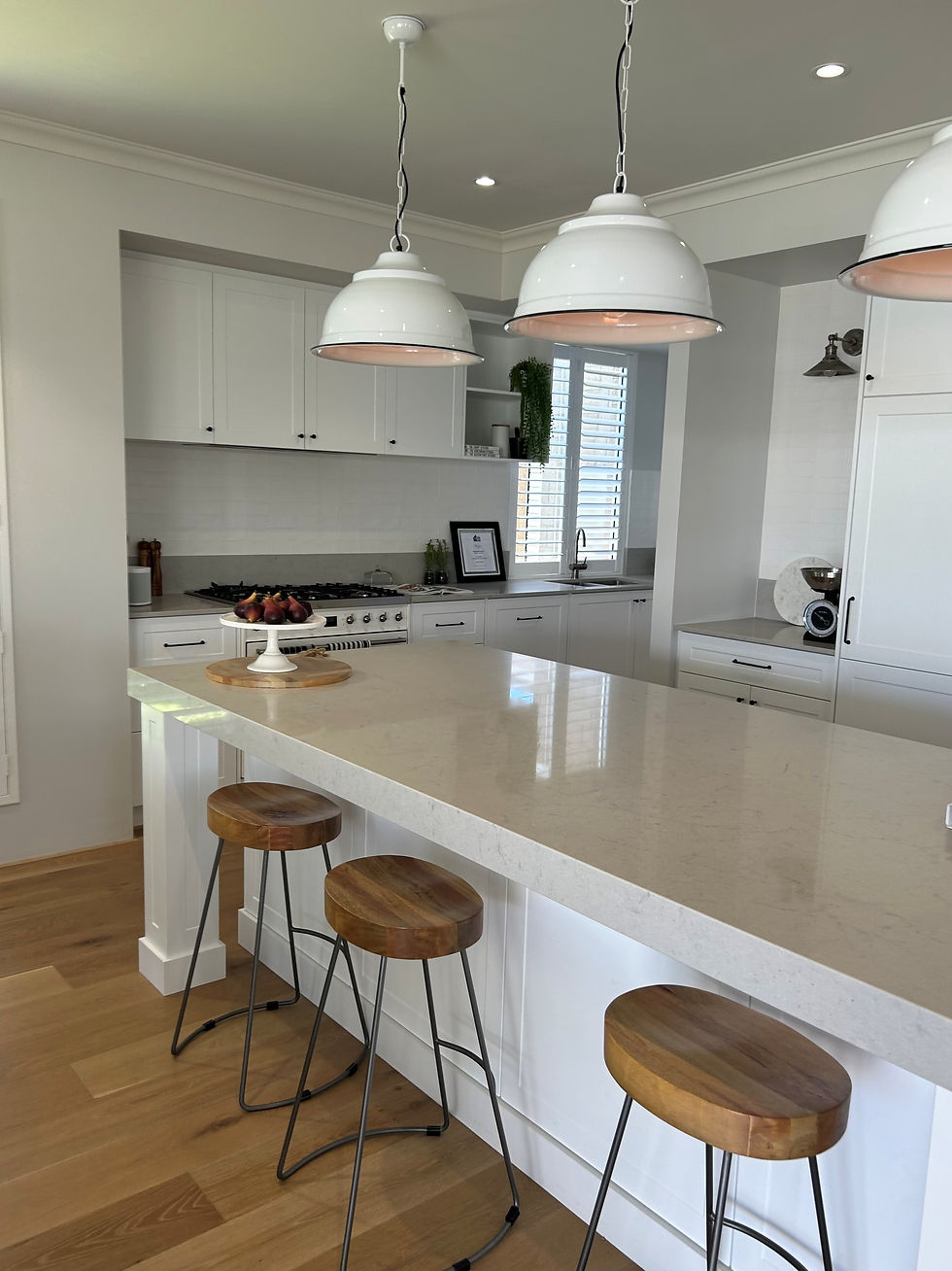10 Smart Ways to Save Money When Building Your New Home

Building a new home is a significant investment with excitement and challenges. 90% of architects' and designers' plans never get built. This is mainly due to going over budget. While building allows you to customize every detail, costs can quickly add up.
Fortunately, there are strategic ways to keep your expenses in check without compromising quality or your dream design. Here are ten tips from experienced consultants to help you save money when building your new home.
1. Plan, Plan, Plan
A well-thought-out plan is your best defence against unnecessary costs; before looking at designs, it is essential to set a clear budget for the most important areas of a building.
We define these as follows.
· Site costs
· Finishing costs
· Upgrades
· Home design
Clear communication means all parties are aware of the goal they are working towards.
2. Prioritize Needs Over Wants
It's easy to get carried away with luxury features or trending designs, but prioritizing the essentials is critical to staying within budget. Identify must-haves (like a functional layout) and defer nice-to-haves (like a spa bathroom) for future upgrades when your finances allow. You can constantly adjust the budget, but understanding and communicating it to all parties will avoid surprises.
3. Work with the Location
The designs that work with the land and the natural elements will be more efficient to build and run. Integrating steps in the home and avoiding damage to neighbouring fences and property is a key area often overlooked. It can frequently add substantial cost and time delays.
4. Using a Standard Floor Plan
Consider using pre-designed plans that fit your needs. Many builders offer stock layouts that can be slightly adjusted to suit your preferences. A skilled building and design consultant can often turn a standard plan into your perfect design. If not, a custom design can also tailored to your budget now that you have a clear plan.
5. Opt for a Simple Design
If you're opting for a custom design, keep it simple. Complex layouts and architectural details like curved walls, vaulted ceilings, or intricate rooflines can escalate costs. A simple, rectangular or square-shaped design is more affordable to construct and energy-efficient to maintain. If you want a curved wall, you can always add this to the upgrade budget. This way, you know what it costs and can decide if it's of good value.
6. Build Smaller, Smarter
Bigger isn't always better; there's a myriad of designs with lots of wasted space. Build a home just the right size for your family's needs. Good designs focus on maximizing every square meter with clever design features like open-plan layouts and multi-functional spaces. Poor designs focus on a low meter squared rate, meaning there are many cheap empty areas.
7. Supply and install your garage door
Custom garage doors can make your home stand out from the crowd. As garage doors are installed at the end of the build, you can choose to supply them yourself and get the look you want for half the price.
8. Complete finishes after handover
Buying materials yourself or sourcing from local suppliers can save you money. Builders add markup plus GST, so engaging your finishing contractors will save you a fortune, especially for more expensive finishes. Look for discounts, overstock sales, or reclaimed materials for a sustainable and cost-effective approach with a splash of style.
9. Go Green for Long-Term Savings
Investing in energy-efficient features like proper insulation, LED lighting, and solar panels might cost more initially but will significantly reduce utility bills over time. Look for tax incentives or rebates to offset these expenses. Solar is another item that can be installed after handover for a fraction of the cost. Ensure you plan for electrical as part of the build.
10. DIY shelving & storage
Builders' standard shelves and storage can often be underwhelming and poor value for money compared to the myriad options available at cabinet makers or even IKEA. Design your walls to fit storage solutions and install them after handover for a fraction of the cost.
Bonus Tip: Trust is Key
Most people only build 2- 3 times in a lifetime. You will unlikely be an expert even if you have built 10 times this number.
The good news is that you don't need to be.
A building consultant with extensive experience and understanding of the industry will help unlock this resource for you,
As a result is important to get an understanding of their background and experience so you feel comfortable.
Conclusion
Building your dream home on a budget is possible with careful planning and informed decisions. You can achieve a beautiful, functional home without breaking the bank by focusing on essentials, using cost-effective materials, and working with trustworthy professionals. Remember, today's intelligent decisions will save you money and headaches tomorrow.


Comments